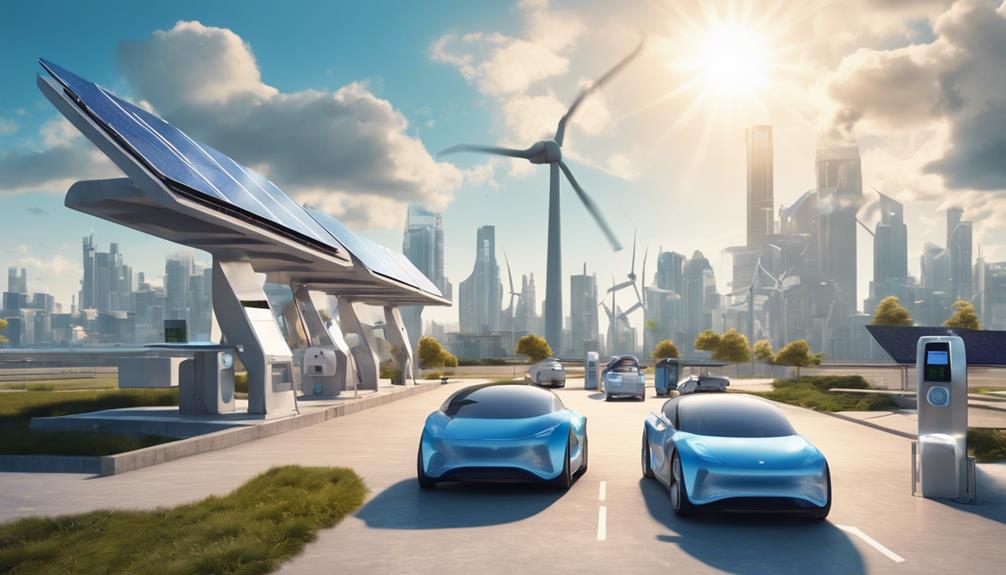
In recent years, the adoption of solar energy has surged, making it an increasingly popular choice for homeowners and businesses alike. One essential aspect of solar panel installation is understanding how to connect solar panels in parallel. This method can maximize energy output and ensure system reliability. In this comprehensive guide, we will explore the benefits, techniques, and considerations of connecting solar panels in parallel, providing you with all the information you need to make informed decisions for your solar energy system.
Understanding the Basics of Solar Panel Connections
Before diving into the specifics of connecting solar panels in parallel, it’s vital to understand the two primary wiring configurations used in solar energy systems: series and parallel. When solar panels are connected in series, the voltage increases while the current remains constant. This configuration is ideal for systems where higher voltage is needed, such as when using longer wire runs. Conversely, connecting solar panels in parallel maintains the same voltage but increases the current, which is beneficial for maximizing energy production in lower-voltage systems. Understanding these fundamentals is essential for optimizing your solar panel setup.
The Advantages of Connecting Solar Panels in Parallel
Connecting solar panels in parallel offers several advantages that can enhance the performance of your solar energy system. One of the primary benefits is increased energy output. When panels are wired in parallel, they can produce more total current, especially if some panels are shaded or underperforming. This configuration helps prevent the drop in output that can occur with series connections when one panel experiences issues. Additionally, parallel connections can provide greater flexibility in system design, allowing homeowners to add more panels in the future without significant rewiring.
How to Connect Solar Panels in Parallel: A Step-by-Step Guide
Connecting solar panels in parallel is a straightforward process that can be accomplished with a few basic tools. To get started, gather your materials: solar panels, MC4 connectors, a solar charge controller, and appropriate wiring. First, ensure that all panels are positioned correctly and have access to sunlight. Next, connect the positive terminal of one panel to the positive terminal of the next panel. Repeat this process for the negative terminals. Once all panels are connected, run a wire from the combined positive and negative outputs to your solar charge controller. This step is crucial for managing the energy produced by your solar panels and directing it to your battery bank or inverter.
Key Considerations When Connecting Solar Panels in Parallel
While connecting solar panels in parallel has many benefits, there are also important considerations to keep in mind. One critical factor is the quality and compatibility of the solar panels being used. Ensure that all panels have the same voltage rating, as mismatched panels can lead to inefficiencies and potential damage. Additionally, be mindful of the wire gauge used for connections; proper sizing is essential to handle the increased current and minimize voltage drop. Lastly, consider the total current output of your system, as exceeding the specifications of your charge controller or inverter can result in system failure.
Choosing the Right Equipment for Parallel Connections
Selecting the right equipment is vital for successfully connecting solar panels in parallel. Start with high-quality solar panels that are designed for parallel connections. Look for panels with similar voltage and current ratings to ensure compatibility. Additionally, invest in reliable MC4 connectors, which provide a secure and weatherproof connection between panels. A solar charge controller is also necessary to manage energy flow and protect your batteries from overcharging. Finally, choose wiring that is appropriate for your system’s current and distance to minimize energy loss.
Common Mistakes to Avoid When Connecting Solar Panels in Parallel
While connecting solar panels in parallel is relatively simple, there are several common mistakes that can hinder system performance. One frequent error is failing to ensure that all panels are of the same voltage rating. Mixing panels with different ratings can lead to suboptimal performance and potential damage. Another mistake is using undersized wiring, which can cause overheating and energy loss. Additionally, neglecting to properly secure connections can result in loose wires and increased resistance. By being aware of these pitfalls, you can ensure a successful and efficient solar panel installation.
Maximizing Efficiency with Parallel Connections
To get the most out of your solar energy system, it’s essential to maximize efficiency when connecting solar panels in parallel. Regular maintenance is key; clean your panels periodically to remove dirt and debris that can block sunlight. Additionally, monitor the performance of individual panels to identify any that may be underperforming. If you notice significant discrepancies, consider replacing or repositioning those panels to optimize energy production. Incorporating a battery storage system can also enhance efficiency by allowing you to store excess energy for use during cloudy days or nighttime.
The Future of Solar Energy and Parallel Connections
As technology advances, the future of solar energy looks promising, with innovations aimed at improving efficiency and reducing costs. Connecting solar panels in parallel will continue to be a popular choice for those looking to harness the sun’s power. With the growing trend of decentralized energy systems, more homeowners will opt for individual solar setups, making parallel connections increasingly relevant. As you consider your solar energy options, understanding how to connect solar panels in parallel will empower you to optimize your system for maximum output and reliability.
In conclusion, connecting solar panels in parallel is an effective way to enhance your solar energy system’s performance. By understanding the advantages, techniques, and best practices outlined in this guide, you can make informed decisions that will lead to a more efficient and reliable solar setup. Whether you’re a seasoned solar enthusiast or a newcomer to renewable energy, mastering the art of parallel connections will help you unlock the full potential of solar power.





